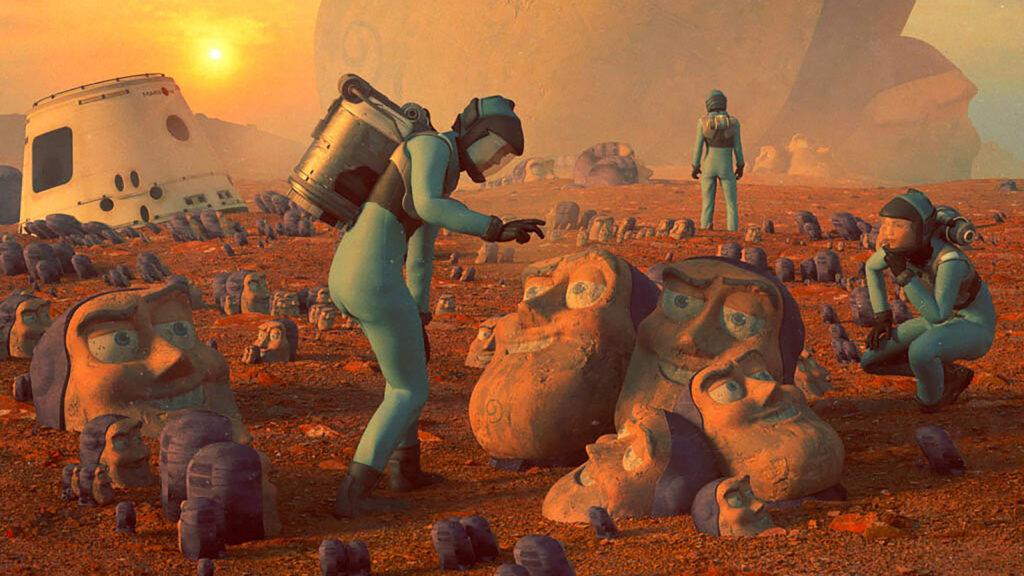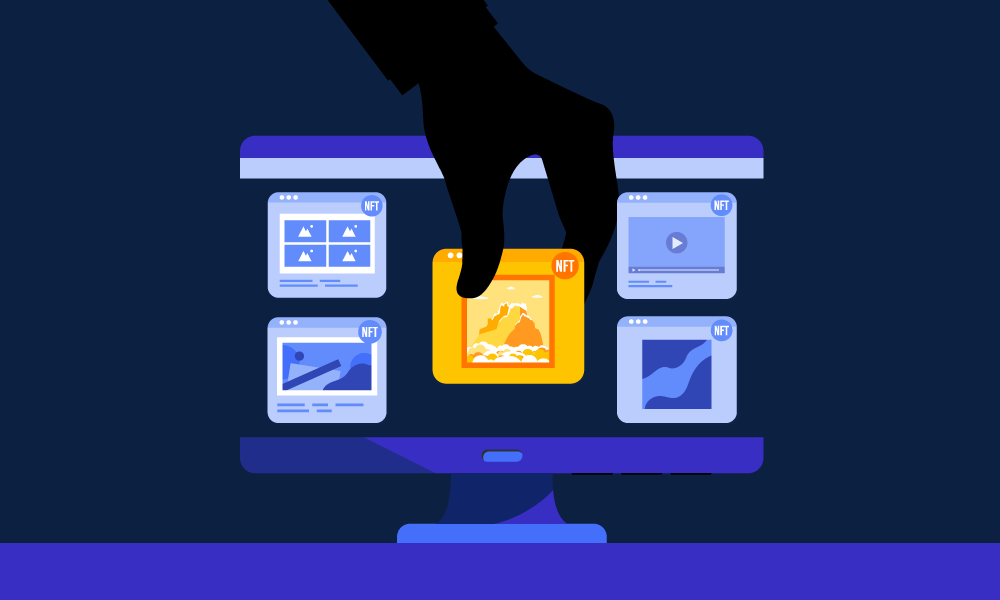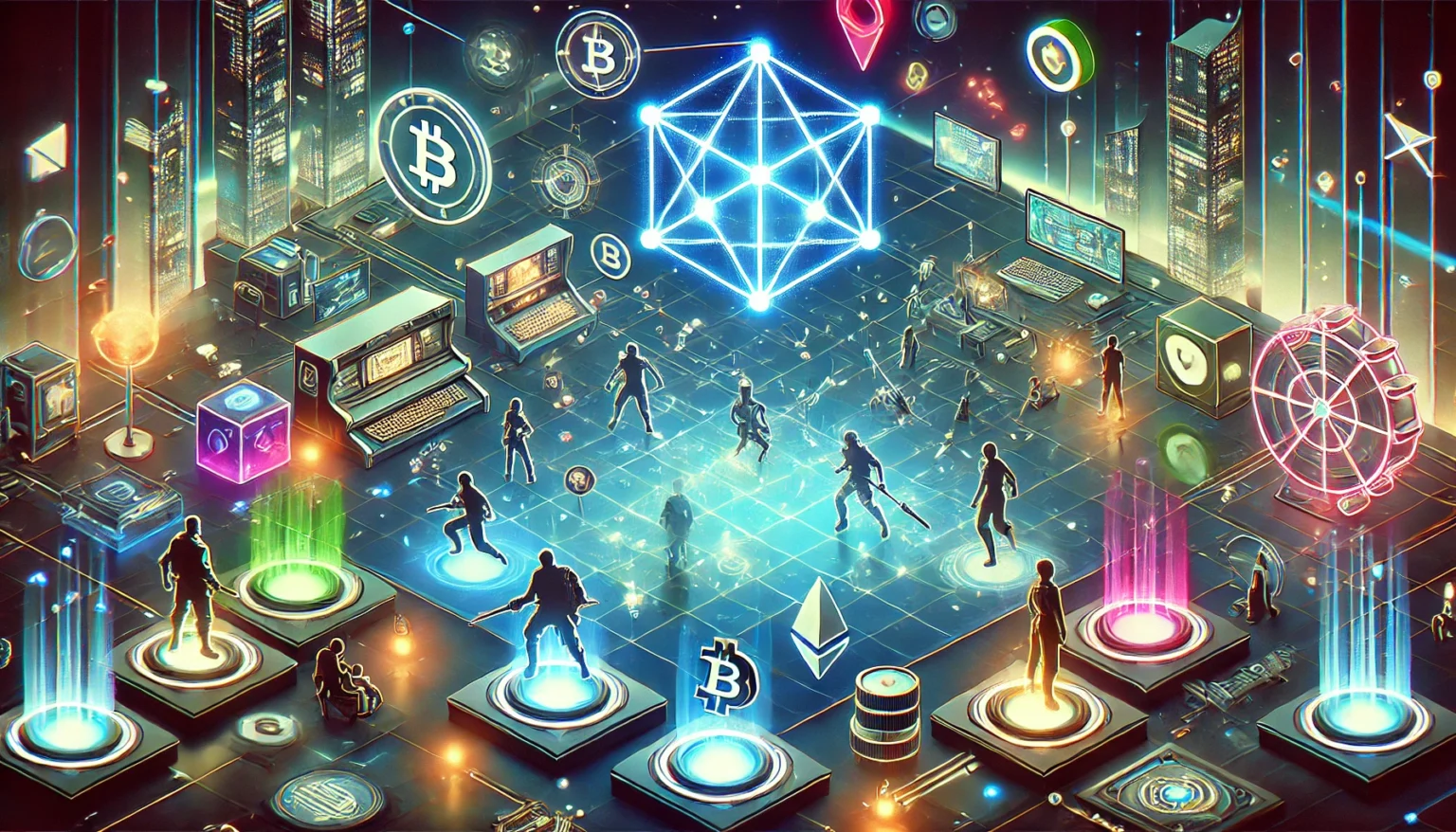The world of gaming has rapidly evolved over the years, introducing new technologies and business models that revolutionize how players interact with games. One such innovation is the introduction of NFTs (non-fungible tokens) into the gaming industry. NFTs are unique digital assets that exist on a blockchain, allowing players to truly own in-game items, characters, and other assets. As gaming continues to grow in popularity, NFTs offer exciting opportunities and challenges for developers, players, and the broader gaming community. This article explores the intersection of NFTs and gaming, highlighting the opportunities and innovations these digital assets bring to the gaming world.
What Are NFTs and How Do They Work?
Non-fungible tokens, or NFTs, are a form of digital asset that represents ownership or proof of authenticity of a specific item, using blockchain technology. Unlike cryptocurrencies, which are fungible and can be exchanged for one another, NFTs are unique and cannot be exchanged on a one-to-one basis. Each NFT contains unique metadata and information that makes it distinguishable from other tokens, which is often why they are used to represent things like digital art, music, and in the case of gaming, rare in-game items, characters, or skins.
In gaming, NFTs provide players with the ability to truly own their in-game assets. When you buy an NFT in a game, it is recorded on the blockchain, making it verifiable and transferable across different games or platforms. This ownership provides players with control over their assets, giving them the ability to trade, sell, or transfer these items as they see fit. The underlying blockchain technology ensures that these transactions are secure, transparent, and immutable, creating new opportunities for players to monetize their gaming experiences.
NFTs and the Gaming Economy: A New Model for Monetization

One of the most significant opportunities presented by NFTs in gaming is the creation of new monetization models. In traditional gaming, developers often rely on microtransactions or in-game purchases to generate revenue. With NFTs, however, developers can integrate a more decentralized economy where players can buy, sell, and trade assets directly with one another. This opens up the potential for players to earn real value from their time spent in-game, as well as for developers to create new revenue streams through the sale of limited edition items or collectibles.
Furthermore, NFTs allow for the creation of player-driven economies. Players can generate income by creating, upgrading, or selling in-game assets such as characters, weapons, or skins. These assets can have real-world value, as the blockchain ensures that each item is unique and has a traceable ownership history. For game developers, this presents an opportunity to tap into a new revenue stream while simultaneously fostering a sense of community and engagement among players. The integration of NFTs in gaming, therefore, has the potential to transform the way developers and players approach the in-game economy.
The Rise of Play-to-Earn Games and NFTs
The concept of “play-to-earn” (P2E) games has gained significant attention in recent years, and NFTs are playing a pivotal role in this shift. In traditional gaming models, players invest time and money into games without earning tangible rewards. However, in play-to-earn games, players can earn NFTs as rewards for their gameplay, which can then be sold or traded for real-world money. This model creates new incentives for players to engage with games, as they have the potential to earn real-world value from their virtual activities.
NFTs in play-to-earn games allow players to collect rare items, characters, or skins, all of which can be monetized. For example, a player might earn a rare weapon skin as an NFT, which they can sell to other players for a profit. This play-to-earn model is particularly appealing in countries with emerging economies, where gaming can provide a viable source of income. The success of P2E games, fueled by NFTs, has led to a broader trend of blockchain-based gaming platforms, further driving the adoption of NFTs in the gaming space.
Digital Ownership: Giving Players Control
One of the key advantages of integrating NFTs into gaming is the concept of true digital ownership. In traditional games, in-game items are controlled by the game developer, meaning that players don’t have real ownership over the assets they acquire. For example, if a player spends hours unlocking a rare weapon in a game, they cannot take that weapon with them once they stop playing. With NFTs, however, players have control over their digital assets. They can sell, trade, or even transfer their items to other games or platforms, providing them with a sense of ownership and control that was previously unavailable.
This shift towards digital ownership changes the dynamic of in-game economies. Players now have the ability to monetize their time spent in a game by selling rare or valuable NFTs to other players. Furthermore, developers can design games with the knowledge that players will have a vested interest in acquiring and maintaining valuable in-game assets. This increased player autonomy can lead to a more engaged and loyal gaming community, as players feel more connected to the virtual world and its economy.
Challenges and Concerns: Environmental Impact of NFTs

Despite the many opportunities that NFTs bring to gaming, there are also challenges and concerns that need to be addressed. One of the most significant issues is the environmental impact of blockchain technology, particularly when it comes to NFTs. Many blockchains that support NFTs, such as Ethereum, use a proof-of-work (PoW) consensus mechanism, which requires significant computational power and energy consumption. This has raised concerns about the carbon footprint of NFTs, especially as the popularity of NFTs and blockchain gaming continues to grow.
While some blockchain networks are working to transition to more energy-efficient systems, such as proof-of-stake (PoS), the environmental impact of NFTs remains a point of contention. Developers and players alike must consider these environmental concerns when integrating NFTs into gaming. The industry is starting to explore ways to mitigate these effects, including the adoption of more sustainable blockchain technologies and the development of carbon offset programs. However, addressing these concerns will be critical for the long-term sustainability of NFTs in gaming.
The Potential for Cross-Platform Interoperability
Another exciting opportunity that NFTs bring to gaming is the potential for cross-platform interoperability. In traditional gaming, items or assets are often locked within a specific game or platform. This limits the player’s ability to use or transfer their items outside of that ecosystem. NFTs, however, are stored on a blockchain, which allows them to be transferable across different games or platforms that support the same blockchain. This means that players could use their NFTs in multiple games, creating a more unified and connected gaming experience.
For example, a player could earn a rare skin in one game and then use it in another game that supports the same blockchain network. This level of interoperability opens up new possibilities for developers, who could collaborate to create shared assets or cross-game economies. It also gives players greater flexibility and freedom, as they are no longer tied to a single game or platform. Cross-platform interoperability has the potential to transform the way players interact with digital assets and could lead to the creation of a more cohesive gaming ecosystem.
NFTs and Gaming Communities: A New Era of Collaboration
NFTs also have the potential to foster new forms of collaboration within gaming communities. Traditional games often operate within closed ecosystems, with limited interaction between players and developers. However, NFTs enable a more open and transparent gaming experience, where players can contribute to the development of in-game assets and share in the rewards. This can lead to the creation of decentralized gaming communities, where players can work together to create, trade, and sell digital assets.
For example, a group of players might collaborate to design a new character or item, which can then be minted as an NFT and sold to other players. In some cases, players may even be able to vote on decisions regarding the development of the game or the inclusion of new features. This type of collaboration creates a more engaging and participatory experience, where players feel like active contributors to the game world. NFTs, therefore, have the potential to shift the dynamic between players and developers, promoting a more inclusive and community-driven gaming environment.
The Future of NFTs in Gaming: What’s Next?
As the gaming industry continues to evolve, the future of NFTs looks promising. Developers are exploring new ways to integrate NFTs into gaming experiences, creating more immersive and rewarding gameplay. For example, NFTs could be used to unlock special in-game abilities, or they could represent unique characters or environments that players can explore. As blockchain technology becomes more sophisticated and accessible, we are likely to see even more innovative uses for NFTs in gaming.
Furthermore, the integration of NFTs into virtual reality (VR) and augmented reality (AR) gaming could open up entirely new experiences. Players may be able to use NFTs as digital representations of physical items or as collectibles that exist in the real world through AR. The potential for NFTs to bridge the gap between virtual and physical worlds could revolutionize the gaming industry and create new opportunities for both developers and players.
Gaming as an Investment: The NFT Asset Class
NFTs have also created a new asset class within the gaming industry. Many players and investors now view in-game NFTs as valuable assets that can appreciate over time. Just like traditional collectibles, rare in-game items, characters, or skins can become highly sought after, driving up their value in the secondary market. This has led to the rise of gaming as an investment, with players buying and selling NFTs as a way to generate profit.
Some players even view NFTs as a long-term investment, hoping that the value of their digital assets will increase as the game or the NFT itself gains popularity. This has created a new dynamic in the gaming industry, where players are not just playing for fun but also for financial gain. As the NFT market matures, it will be interesting to see how these virtual assets continue to evolve as both a form of entertainment and an investment vehicle.
Legal and Regulatory Implications of NFTs in Gaming
As the use of NFTs in gaming grows, so too does the need for clear legal and regulatory frameworks. Many governments and regulatory bodies are still grappling with how to classify and regulate NFTs, particularly in relation to issues like intellectual property, ownership rights, and taxation. In some countries, NFTs are considered digital assets, while in others, they may fall under the category of virtual currencies or commodities.
The lack of standardization in NFT regulations can create uncertainty for both players and developers. However, as the industry matures, it is likely that more legal clarity will emerge. Developers and players alike will need to stay informed about the evolving regulatory landscape to ensure they are compliant with local laws. This will be crucial for the continued growth and adoption of NFTs in gaming.
Security and Fraud Risks in NFT Gaming

While NFTs offer numerous benefits, they also introduce new risks, particularly in terms of security and fraud. Because NFTs are stored on a blockchain, they are susceptible to hacks and cyberattacks. If a player’s private keys are compromised, their NFTs can be stolen or transferred without their consent. Additionally, the rise of counterfeit NFTs, where fake assets are sold as genuine items, has become a concern within the gaming community.
To address these risks, both developers and players must prioritize security measures. Developers should implement robust authentication and encryption systems, while players must take care to store their private keys securely. As the NFT market grows, it is expected that more sophisticated security protocols will be developed to safeguard users’ digital assets. However, the potential for fraud and theft remains a challenge that will need to be tackled to ensure the long-term success of NFTs in gaming.
The Role of NFTs in Game Development: Empowering Creators
NFTs also offer exciting opportunities for game developers, empowering them to create unique, player-driven experiences. Developers can use NFTs to introduce new mechanics, such as allowing players to design their own in-game assets or participate in the creation of new game content. This can lead to more personalized gaming experiences, where players have a direct influence on the world they interact with.
Additionally, NFTs can enable developers to monetize their games in new ways. By selling limited edition or exclusive in-game assets as NFTs, developers can generate additional revenue streams beyond traditional game sales or in-app purchases. This can be particularly beneficial for independent developers, who may not have the same financial resources as large studios. NFTs, therefore, offer a way for developers to build sustainable, innovative gaming experiences that are driven by the needs and interests of the player base.
Conclusion:
The intersection of NFTs and gaming is still in its early stages, but the potential for innovation is vast. From creating new monetization models to empowering players with true ownership of their digital assets, NFTs have the power to reshape the gaming landscape. While challenges such as environmental concerns and regulatory uncertainty remain, the opportunities for growth and innovation are immense. As blockchain technology evolves and the gaming industry adapts, we can expect NFTs to play an increasingly prominent role in the future of gaming. With continued innovation and collaboration, the fusion of NFTs and gaming promises to open up exciting new possibilities for both developers and players alike.


